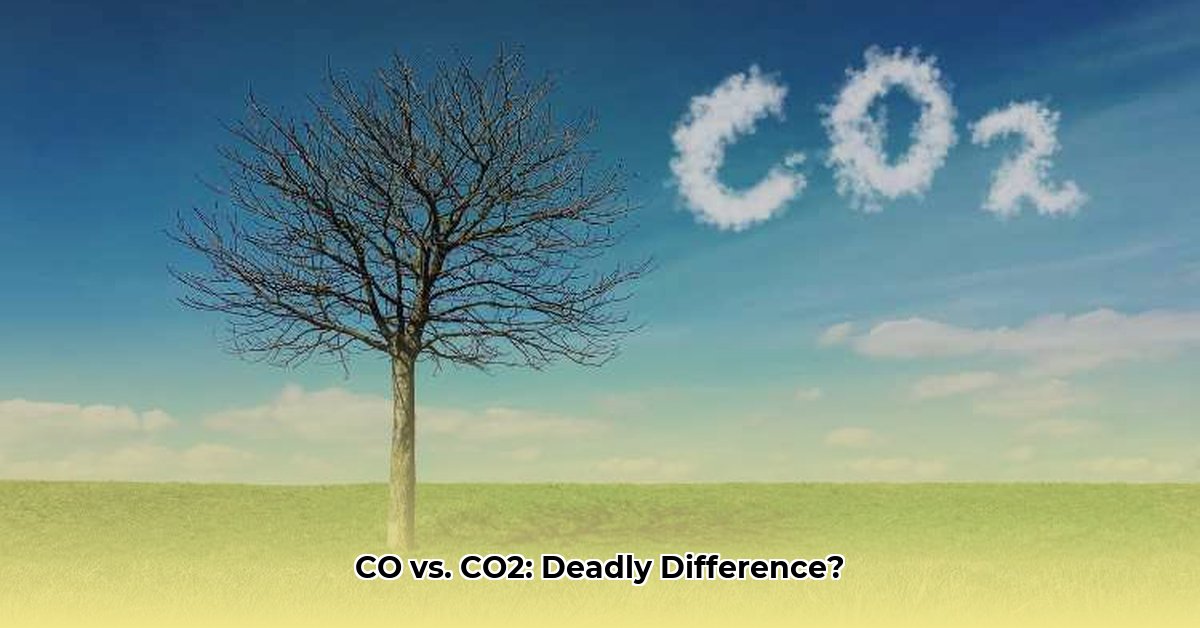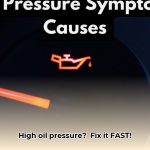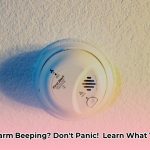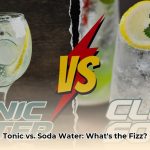Understanding the Difference Between CO and CO2
We breathe out carbon dioxide (CO2) and it makes soda fizzy. But carbon monoxide (CO), a similar gas, is deadly. This guide explains the differences between CO and CO2, focusing on safety and what to do if exposed.
CO: The Silent Killer
What is Carbon Monoxide?
Carbon monoxide (CO) is called the “silent killer” because it’s colorless, odorless, and tasteless. It’s a byproduct of incomplete combustion – when fuels like gas, wood, or oil don’t burn fully. Sources include faulty furnaces, gas stoves, car exhaust, and even grilling indoors.
How CO Poisoning Occurs
CO attaches to red blood cells, preventing them from carrying oxygen. Initial symptoms—headache, dizziness, nausea, confusion—mimic the flu. As CO builds up, symptoms worsen, leading to vomiting, chest pain, loss of consciousness, and potentially death.
CO Safety and Prevention
- CO Detectors: Install CO detectors outside bedrooms and on every level, including basements. Test monthly and replace batteries annually. Consider detectors with sealed, 10-year batteries.
- Ventilation: Ensure proper ventilation when using fuel-burning appliances.
- Appliance Maintenance: Schedule annual inspections for furnaces and other gas appliances by qualified technicians.
- Outdoor Appliances: Never use grills, generators, or camping stoves indoors.
What to Do if Your CO Detector Sounds
- Evacuate: Immediately get everyone outside to fresh air.
- Call 911: Report the situation and suspected CO poisoning.
- Stay Outside: Do not re-enter until emergency personnel give the all-clear.
- Seek Medical Attention: Even if you feel fine, get checked for potential delayed effects.
- Identify the Source: Have a qualified technician inspect and fix the CO leak.
CO2: Understanding the Risks
What is Carbon Dioxide?
Carbon dioxide (CO2) is a gas we exhale and a natural byproduct of complete combustion. Plants use it for photosynthesis, and it’s present in the air at low, non-toxic concentrations.
Health Effects of CO2
High CO2 concentrations can displace oxygen, leading to asphyxiation (suffocation). Symptoms include drowsiness, headaches, and shortness of breath.
CO2 Safety and Prevention
- Ventilation: Ensure proper ventilation, especially in crowded spaces.
- Monitoring (in specific settings): Consider CO2 meters in industrial settings or areas where CO2 might be stored (e.g., near fire extinguishers or home brewing equipment.)
CO vs. CO2: Key Differences
| Feature | Carbon Dioxide (CO2) | Carbon Monoxide (CO) |
|---|---|---|
| Chemical Formula | CO2 | CO |
| Formation | Complete combustion, respiration | Incomplete combustion |
| Toxicity | Non-toxic at low concentrations | Highly toxic |
| Odor | Odorless | Odorless |
| Color | Colorless | Colorless |
| Sources | Respiration, combustion, volcanoes, natural decomposition | Malfunctioning appliances, car exhaust, incomplete burning of fuels |
| Health Effects | Asphyxiation (high concentrations) | CO poisoning |
FAQs
- How often should I test my CO detectors? Monthly.
- Where should I place CO detectors? Outside each sleeping area and on every level, including the basement.
- What are early signs of CO poisoning? Headache, dizziness, nausea. These can be mild, making detectors crucial.
- Is CO2 always harmful? No, it’s essential for life at normal levels. High concentrations pose a risk.
- Can I smell CO or CO2? No, both are odorless.
- Can houseplants protect me from CO poisoning? No, plants cannot absorb enough CO to provide protection. Rely on detectors and ventilation.
- How often should I replace my CO detector? Every 5-7 years, depending on the model. Check manufacturer instructions.
Ongoing Research
Research continues to explore the long-term effects of CO and elevated CO2 exposure. Some studies suggest even low-level CO exposure might have cumulative effects. Research on CO2 focuses on its role in climate change and mitigation strategies.
Additional Resources
- Centers for Disease Control and Prevention (CDC) – Carbon Monoxide
- Environmental Protection Agency (EPA) – Carbon Monoxide
- Consumer Product Safety Commission (CPSC) – Carbon Monoxide
This information is for general knowledge and does not replace professional advice. Consult a qualified professional or your local health department with specific health or safety concerns related to CO or CO2.
- Wellness Fair Ideas for Work to Boost Employee Wellbeing - December 15, 2025
- Affordable Employee Wellness Fair Ideas for Any Budget - December 14, 2025
- Employee Wellness Programs Strategically Benefit Employee Health And Retention - December 13, 2025
















